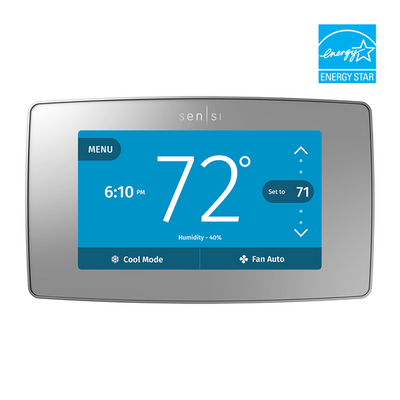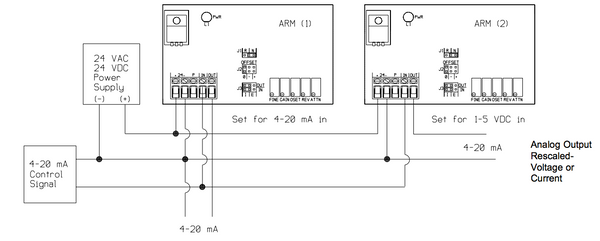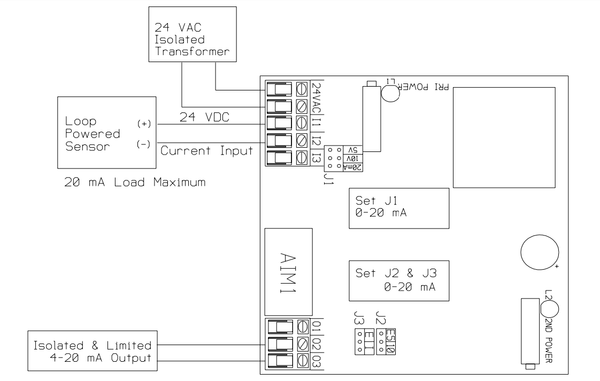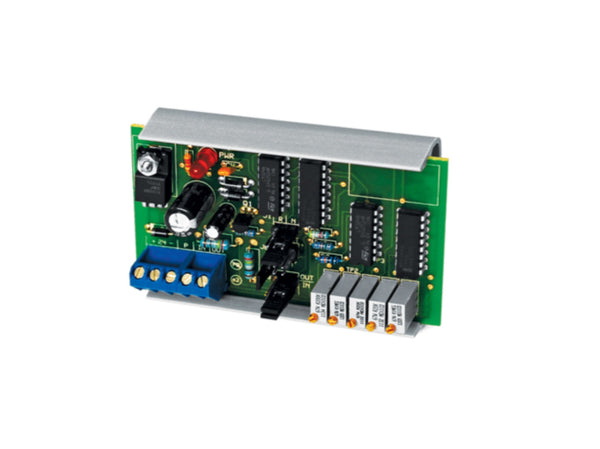
The temperature differential is not a new concept - we experience it every day. We experience it the moment we step inside a mall or the moment we step off a bus; you feel it the moment you step outside during winter from your warm and toasty house or each time you come into your home where your air conditioner is running after walking under the heat of the sun during the summer. All of these are good examples of thermostat temperature differential.
Temperature Differential Definition
Temperature differential, as the name implies, is the difference between two varying conditions in terms of their temperature. In HVAC terms, the temperature differential refers to the difference between the indoor and outdoor temperature values of the house.
The Significance of Knowing the Temperature Differential
The temperature differential is a very important concept because of heat transfer and the existence of temperature gradients.
In science, we learn about how all things strive to achieve equilibrium. Even in the absence of external forces acting on an object, the object will still strive to achieve equilibrium on its own. The movement always occurs from portions with higher concentrations to portions with lower concentrations to achieve equilibrium on all sides. This movement also applies to heat transfer.
In objects with varying temperatures or temperature changes, heat transfer will always occur due to the existence of temperature gradients. For instance, if you are heating one end of a steel bar to 200ºC and cooling the other end to 0ºC, heat will move from the heated end to the cooled to achieve an equilibrium temperature of 100ºC for the entire bar.
Now, what does all of this have to do with your home and temperature differential? A lot, actually. Because conditions inside and outside your home will always be different, a temperature gradient will always occur in the walls of your home. More extreme weather conditions will result in more extreme temperature adjustments within your home, which also results in a higher gradient in the walls.
Take this for example. A home typically maintains its inside temperature at 20ºC. More energy is used to maintain that temperature during winter when the outside temperature is at -5ºC, than in summer when the outside temperature is at 25ºC. That is because the temperature gradient is greater in winter than in summer, which results in a higher rate of heat transference.
So what does knowing all of this have to do with my house, you ask? An energy-efficient space translates to energy savings.

What Is Temperature Differential for Thermostat?
Understanding how temperature differentials work allows you to understand how large of a temperature gradient it creates and how much “pressure” is exerted on your system. This knowledge arms you with the ability to understand what temperatures to set based on outside temperatures so you have lower temperature differentials.
Why would you need this? Because you'll need to set your differential thermostat to lower settings while you're away or while you're sleeping to levels that are still acceptable to you but are less than the temperatures you are used to. This exerts a lower “pressure” on your HVAC system by creating less of a gradient while still remaining closer to acceptable levels. Not to mention, your electric bills will thank you when your air conditioners aren't set to super-low temperatures.
For instance, the average temperature in the US during the winter is 0ºC. In most households, the thermostat is typically maintained at 20-25ºC. When you set your thermostat to 20ºC instead of 25ºC when you sleep, the temperature differential decreases to 20 degrees instead of 25 degrees, exerting less “pressure” on the system to heat up your entire home. Setting a lower temperature and using a thicker comforter for an extra warm bed translates to less energy consumption as less heat is required by the system to maintain your ideal temperature.
This temperature difference can also be used on adjustable cycle rate differential thermostats wherein a temperature differential is set so the thermostat automatically adjusts the cooling equipment and heating equipment to get you back to the correct setting when it deviates without manually changing anything.
In this case, a higher temperature differential from the set temperature can lead to more savings than when the differential is lower. This is because an HVAC system has greater energy usage when the air conditioning unit or heating unit turns on. Increasing the interval between cycles of turning on and off also decreases your energy bills as it uses less power to heat up or cool down the area than to power up the unit.
Shop for hundreds thermostat models today at Blackhawk Supply store!
BROWSE THERMOSTATSProgrammable Thermostat with Adjustable Temperature Differential
A programmable thermostat allows you to set the temperature to any setting you want. Some of these thermostats, like many Honeywell thermostats, for example, allow you to even set various desired temperature programs for various days of the week. If you anticipate the weather to be a little cooler on Wednesday and hotter on Friday, then you can set different air conditioning and heating system schedules and cycles on a programmable thermostat for both dates.
Other systems already have a built-in temperature differential setting of ±1 degree while others have a ±3 degree temperature differential. For most programmable thermostats, this built-in three or one-degree temperature differential is already set and cannot be changed.
But there is also an option for a programmable thermostat that allows you to adjust the temperature differential. This allows you to choose a heating and cooling system setting that's more comfortable for you. Remember that a higher temperature differential means high efficiency and savings but would also take more time to heat back up or cool back down. On the other hand, a lower differential will mean it takes less time to cool down or heat up, but would also mean less energy saved.
Before you purchase a programmable thermostat, be sure to check the manual for any indications if these differentials are changeable and if different schedules for the air conditioning and heater are an option.
Blackhawk Supply Thermostats
For all of your thermostat needs, Blackhawk Supply has you covered. From programmable thermostats to mechanical thermostats, there will always be something for you. Choose from a variety of high-quality thermostats from ACI, Braeburn, Veris, KMC, Viconics, Johnson Controls, or Honeywell thermostat options that are sure to be the perfect fit for your home or office's HVAC system.





